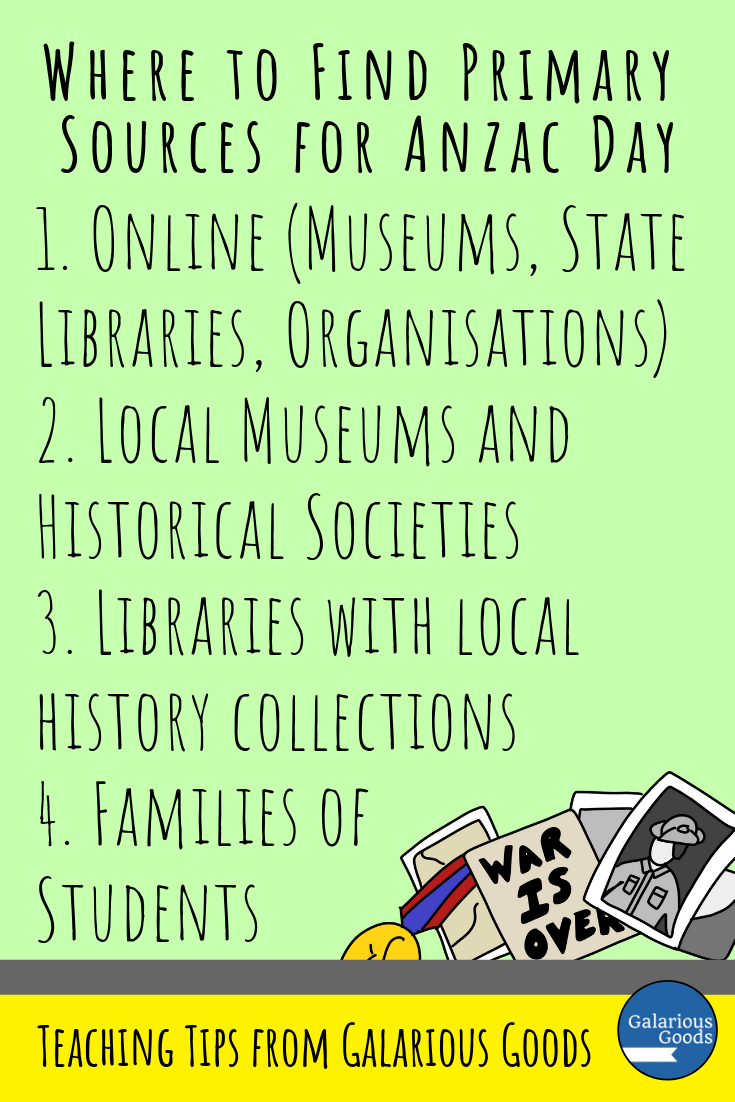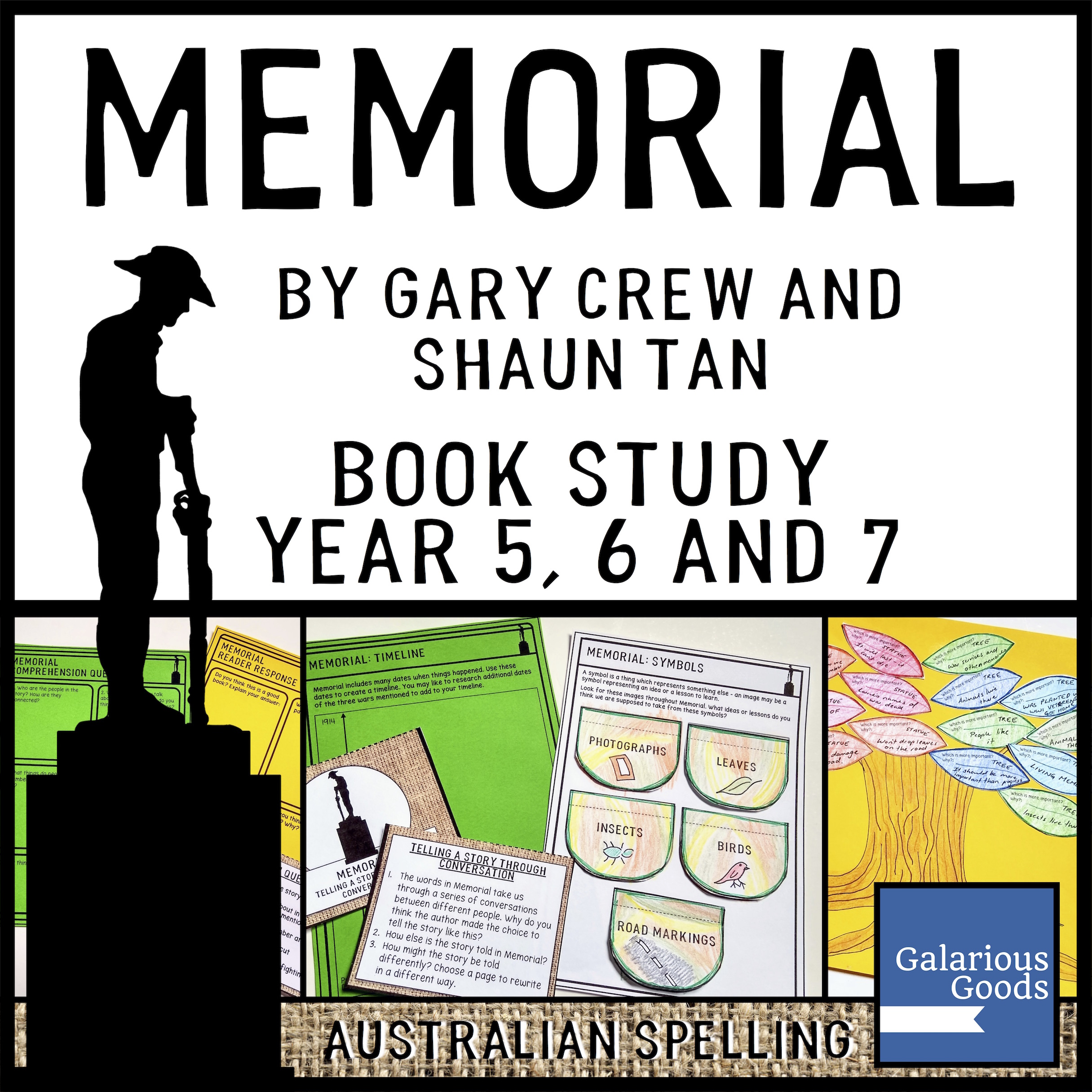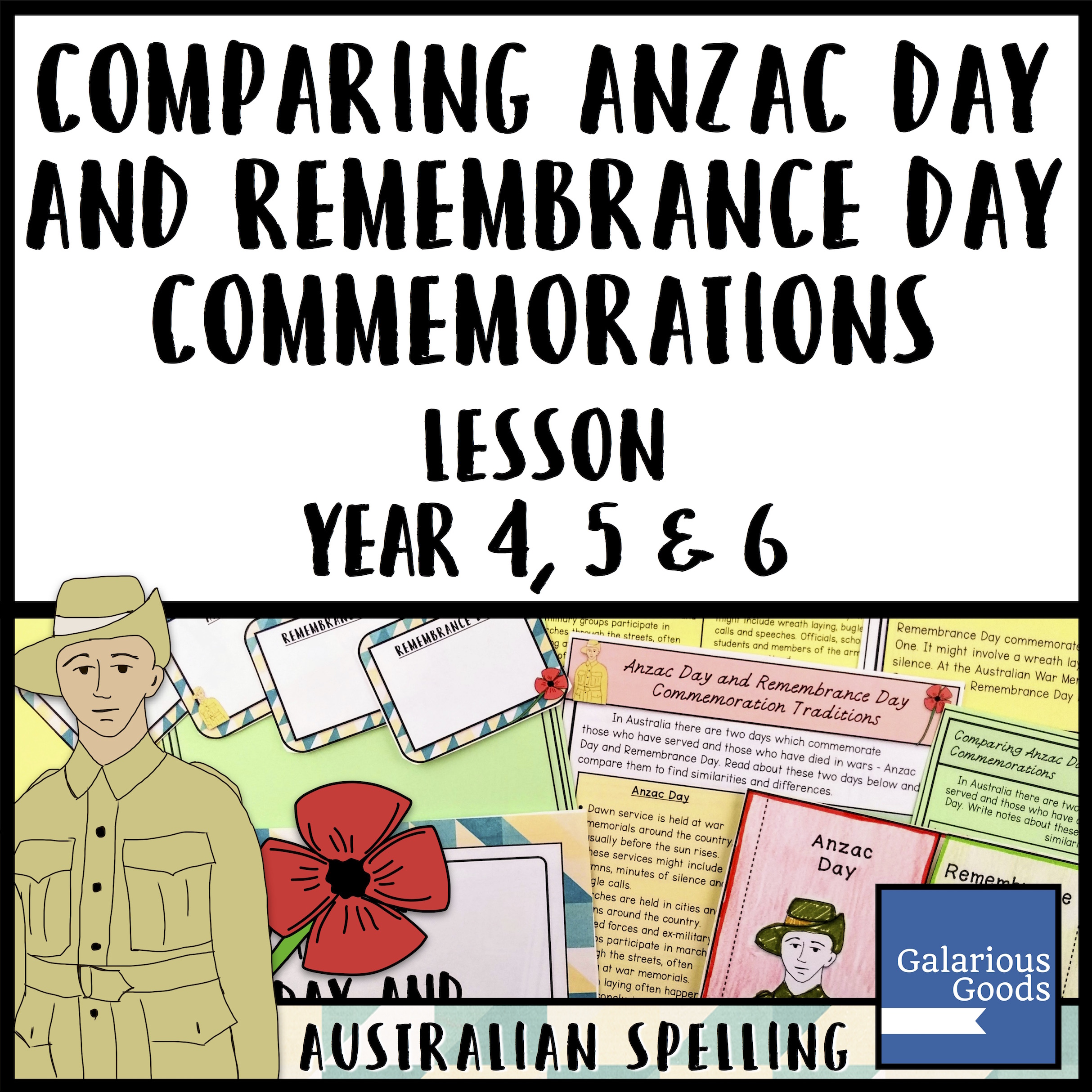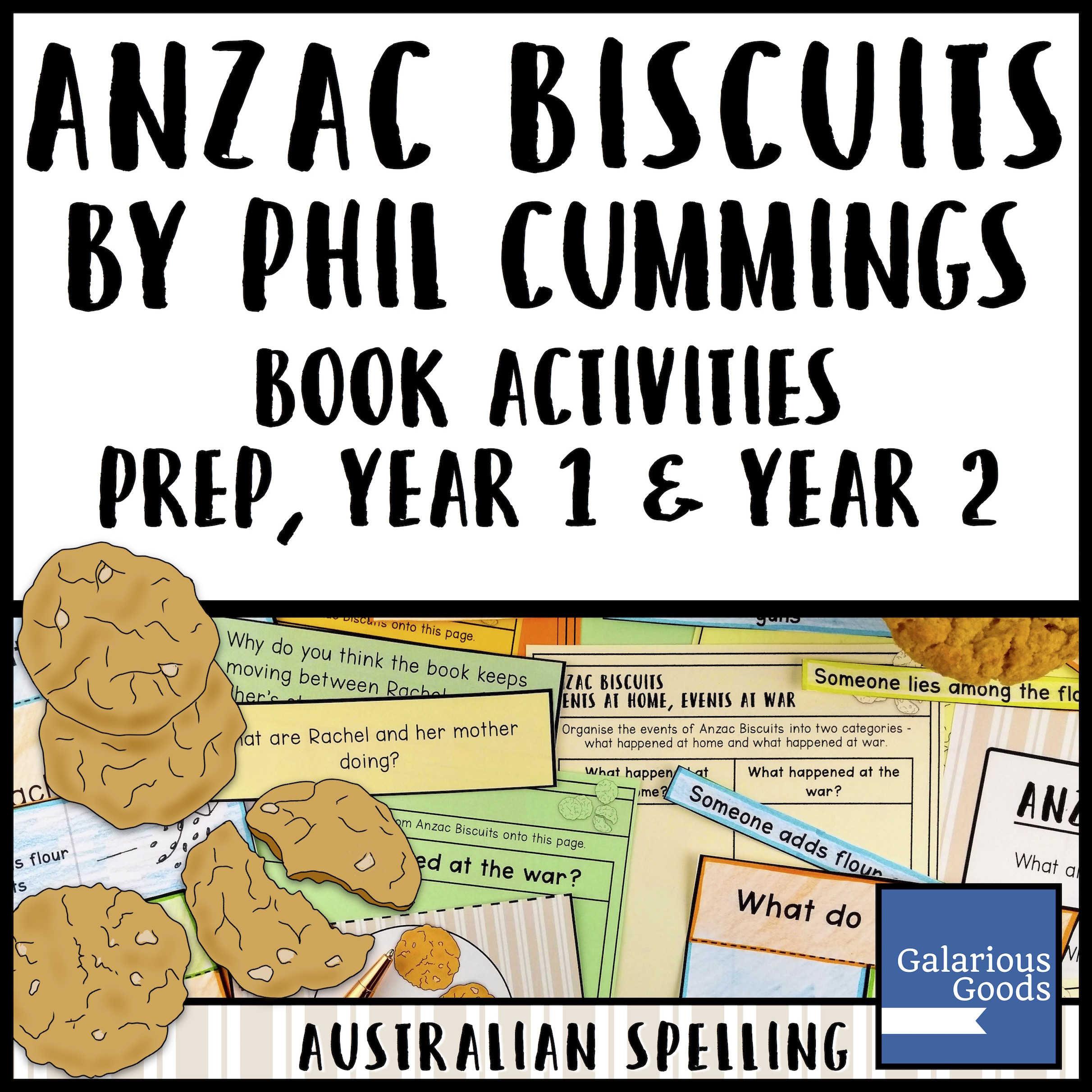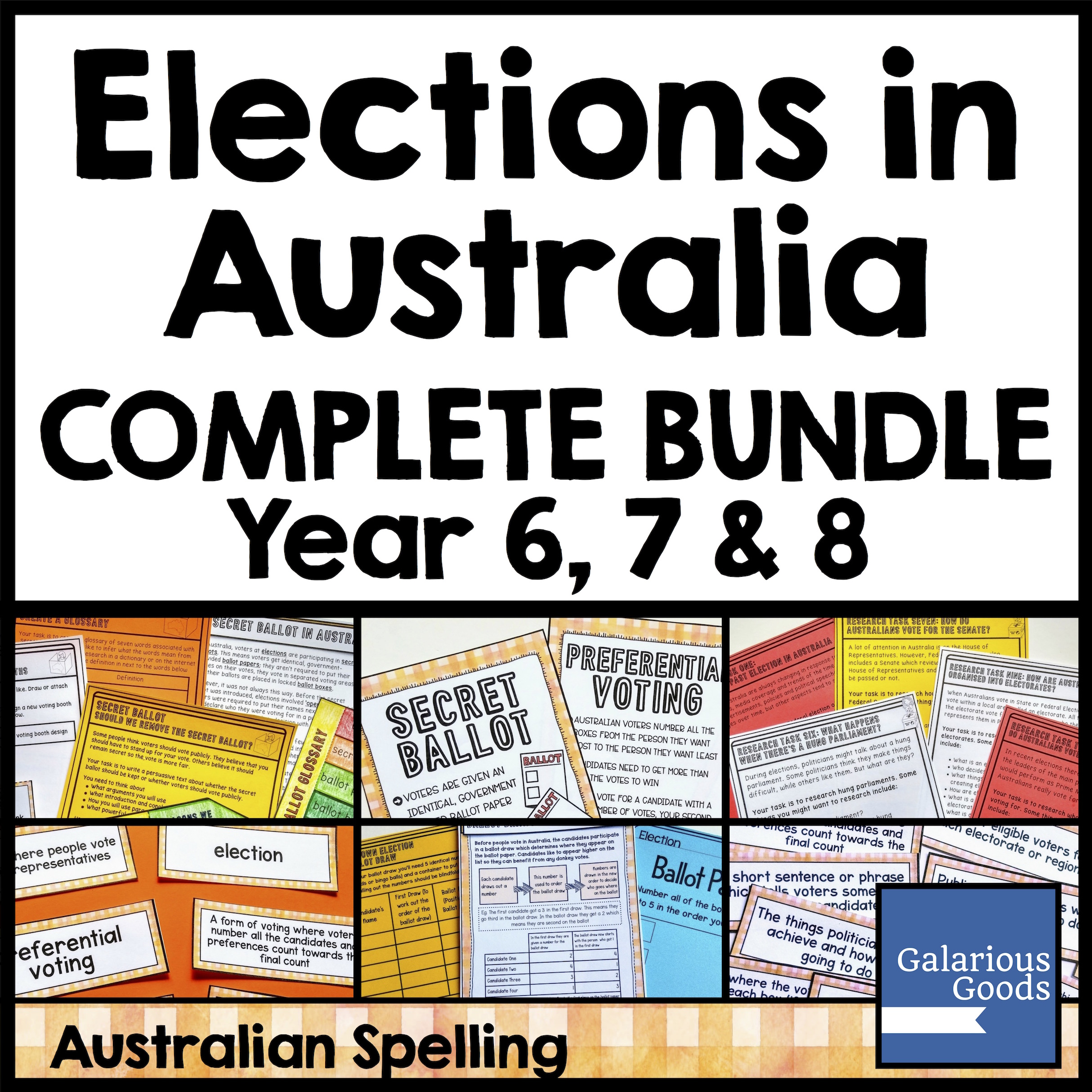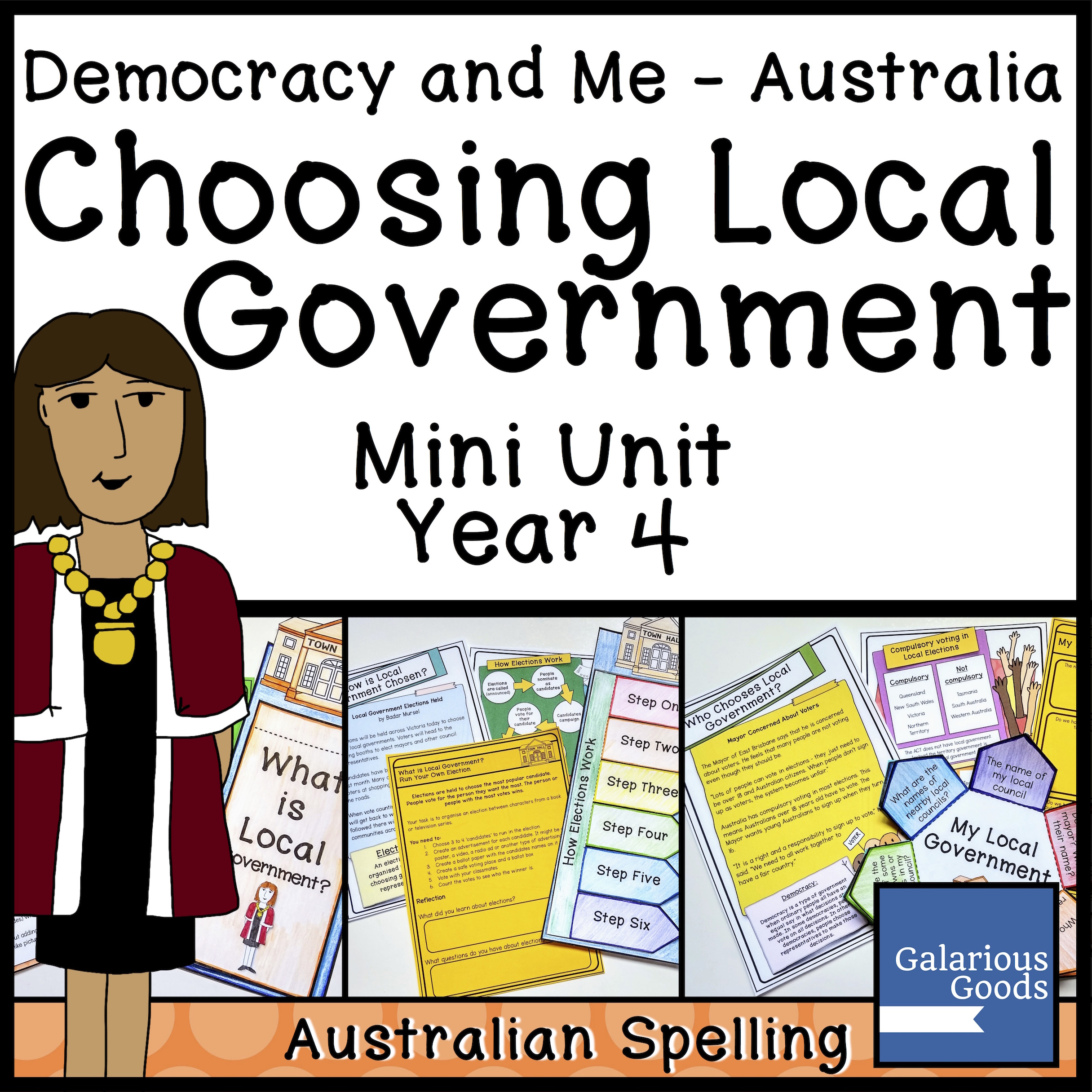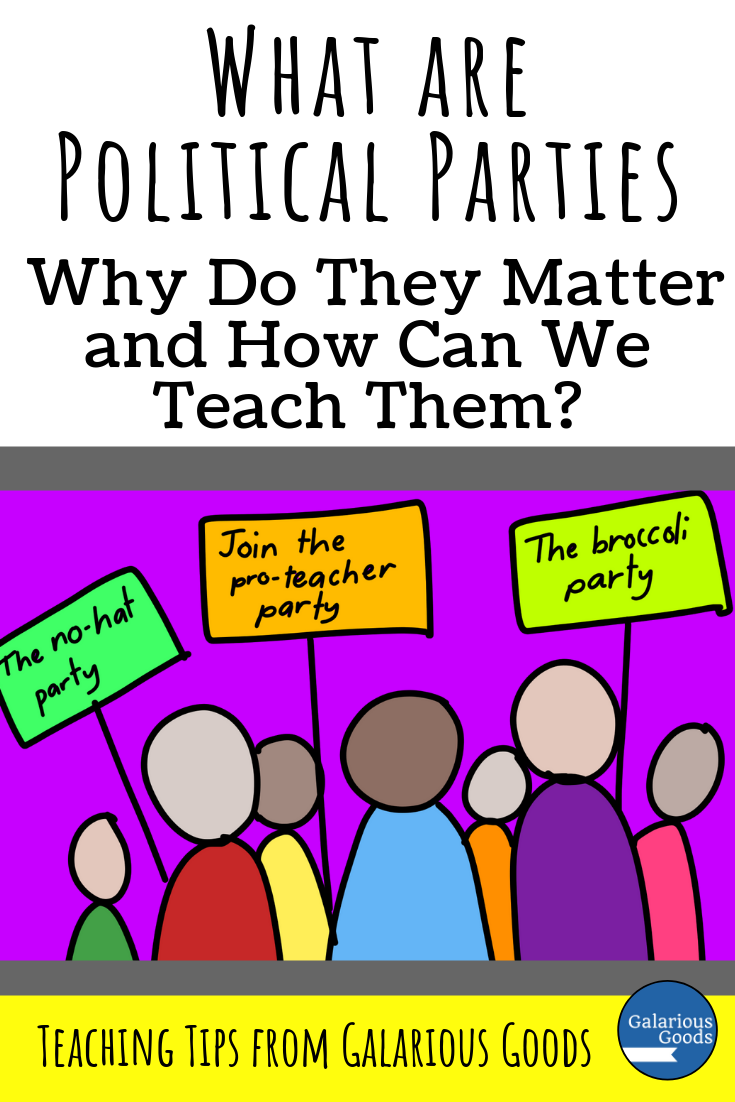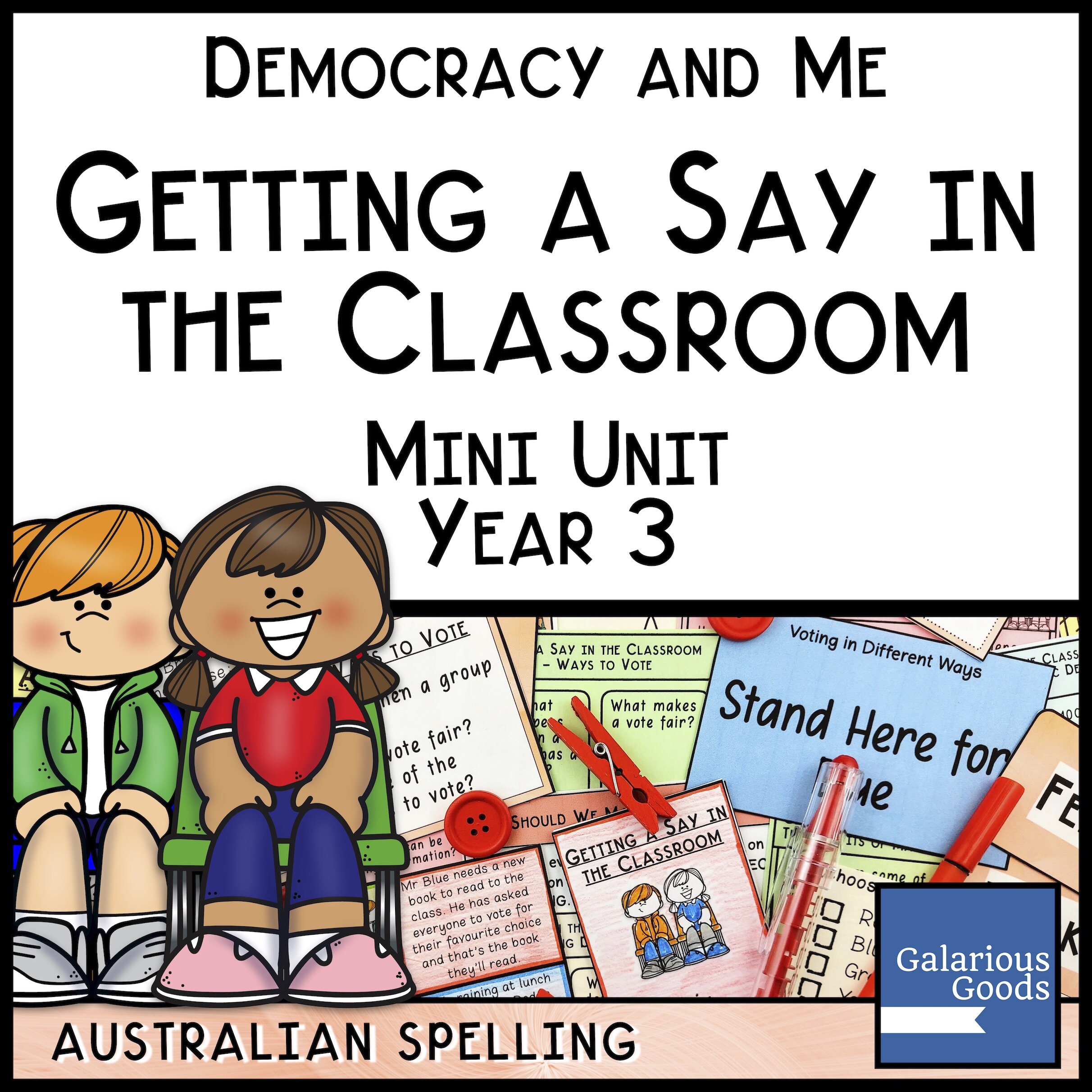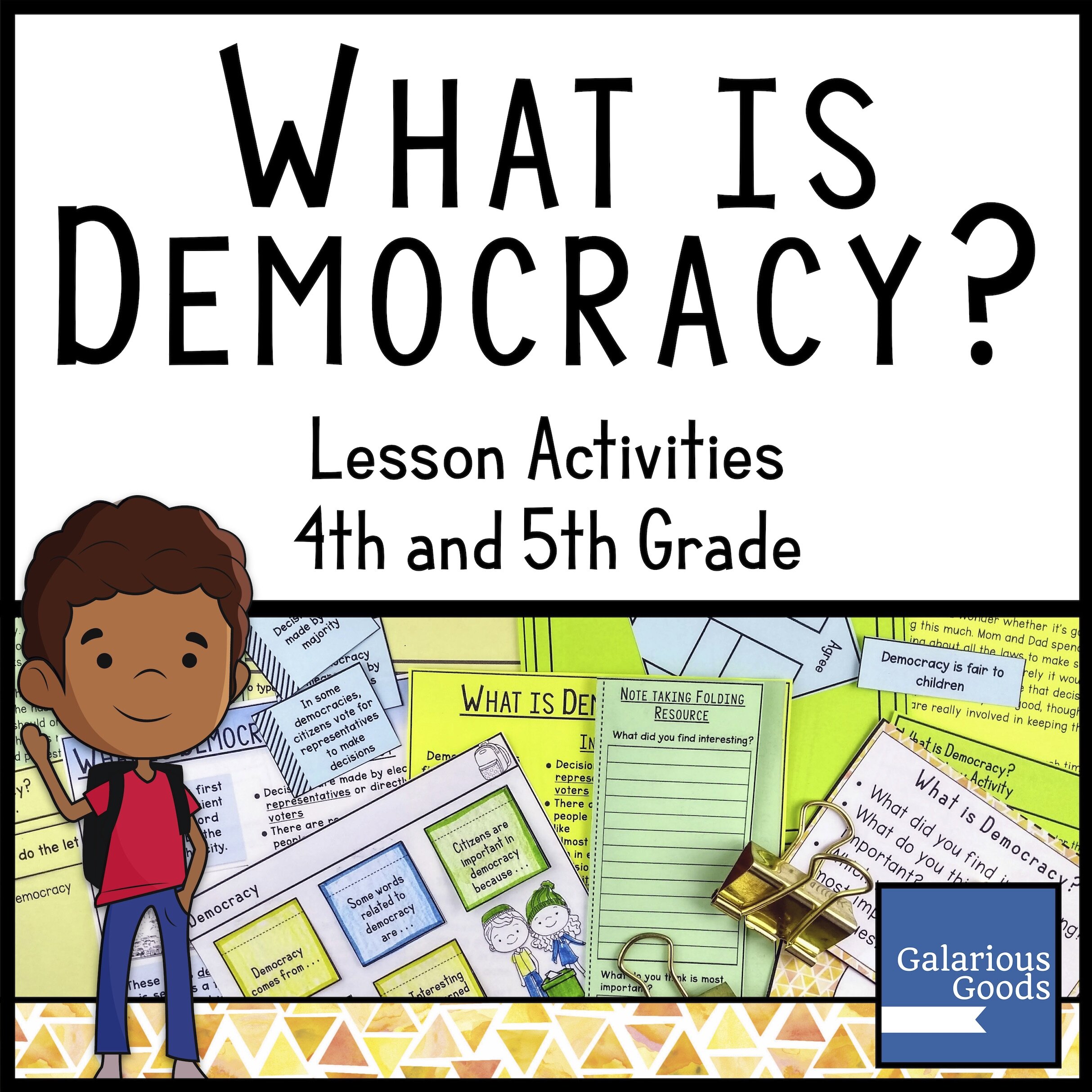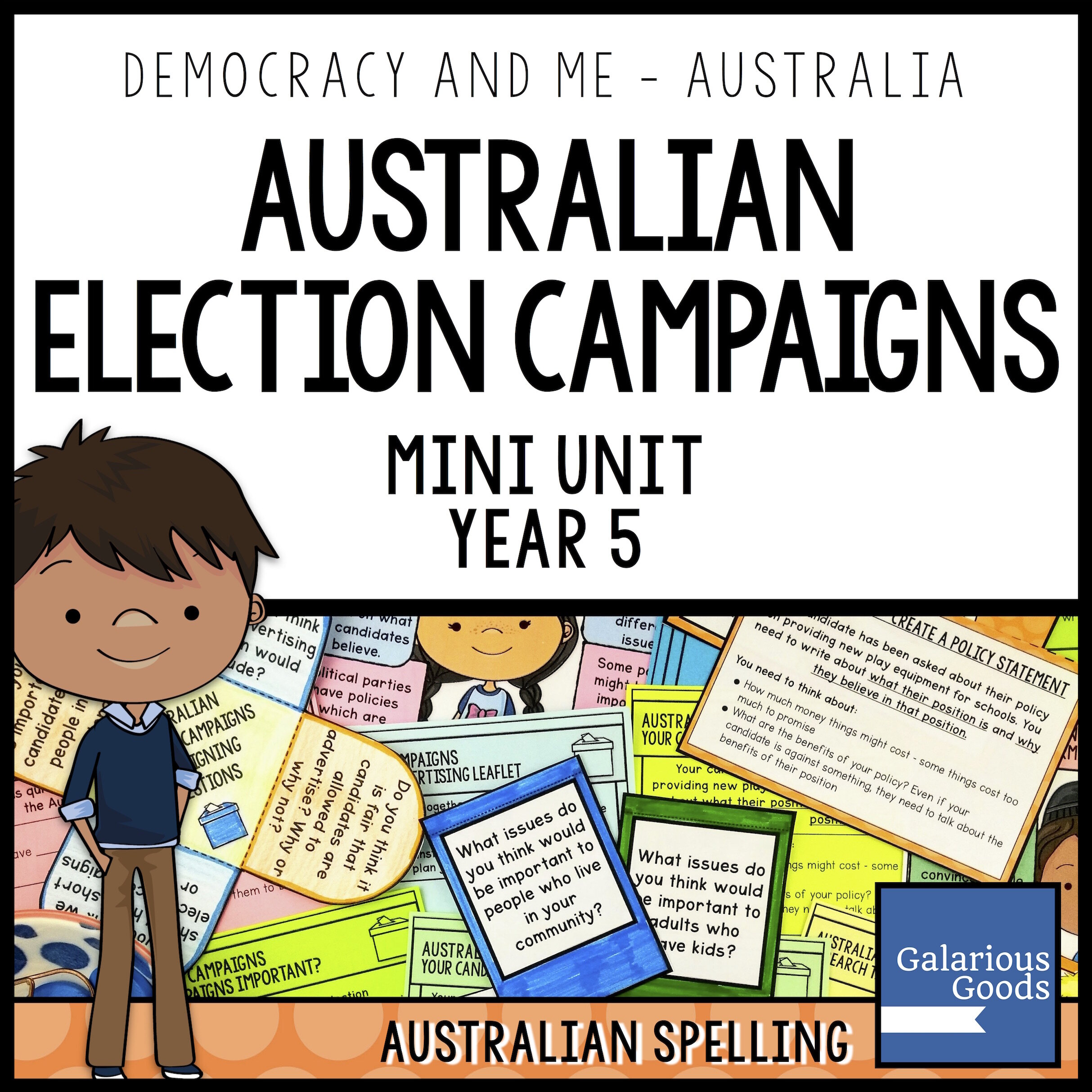Using Primary Sources in the Classroom when Exploring Anzac Day
/As we explore Anzac Day in the classroom each year, we might seek new ways of presenting familiar events and stories. One way to take a closer look at the history of Anzac Day is through presenting and exploring primary sources. But where can we find primary sources around Anzac Day and how can we use them in the classroom.
What is a primary source?
Primary sources are documents, images or artefacts from the time period in question. They provide ‘on the spot’ information about the events and the people involved.
Primary sources can include photos, diary entries, newspaper reports, physical objects, government documents, advertising and interviews.
Where to find primary sources for Anzac Day
When exploring Anzac Day, most attention turns to World War One, particularly the events at Gallipoli. However, students can also explore the Second World War and other military involvements, including in Korea, Vietnam and modern peacekeeping and conflicts.
One of the easiest ways to access primary materials - especially news reports and photographs - is online. Many state libraries and museums have online collections, as well as organisations like the Australian Army. These documents can be displayed with projectors, used on tablets (especially the PDF booklets) or printed out for students to explore.
As well as the big museums in Australia, smaller local museums and historical societies may have primary sources for exploration. These collections might not be as big as the larger institutions, but might have connections with the local area of your students.
Libraries are other good sources of local history material. They may have photographs, newspaper articles or documents to explore, but may also have books which have collected photographs or documents together.
Finally, it’s worth seeing if the families of your students have any primary source material they can bring in to explore. Families may hold onto medals or photos of family members, or have letters or postcards or other primary source material like service records which they have collected over the years.
How to Use Primary Sources - Three Examples
Below I’ve chosen three World War One primary sources to take a closer look at, including some discussion and response ideas. These sources are all available online as of March 2019.
Recruiting Posters
You can find these resources at the Australian Army website
This collection of 10 recruiting posters gives students an insight into how the government and the army went about recruiting men to volunteer for World War One. The tone of the posters ranges from ‘come along and help out some friends’ to ‘you are pretty horrible if you don’t come and fight’, as well as asking young men to be proud of being Australian and of being part of the British Empire.
Students can explore the different images and words used on the posters and consider why those images and words might have been chosen. They can also explore what the reactions might have been to these posters. Students can also compare these posters to more recent armed forces recruiting posters - what’s the same between now and then? What’s different?
Students might like to use these posters to formulate questions about the war. Why did most of them say ‘God Save the King’? Why is the date for Australia Day so different? Who is this Earl Kitchener who is often quoted on the back? What are some of the items shown in the illustrations?
Students can also engage in research related to these posters. Why was so much recruiting required? What happened to men who didn’t volunteer to go to war? Did the Army use similar techniques in World War Two?
The John Lord Collection
You can find these resources through the Museum Victoria website
This is an extraordinary collection of primary sources - from war diaries to leave passes and many photographs. John Lord was 19 years old when he enlisted to serve in World War One and he served from June 1915 until after the end of the war. He took or collected a number of photographs and souvenirs which he brought back to Australia. You can read more about him at the Museum Victoria website.
Students might like to browse through the entire collection to get a better overall picture of the experiences of John Lord, or they could focus on one image like Extreme Right of Anzac which shows Australian soldiers standing on the edge of a cliff at Gallipoli. Students examining the photo will get a good understanding of how steep the cliffs were at Gallipoli and why it was so difficult to move around. They can also see the different types of clothing which was worn by the soldiers and make inferences about what they were doing at the time.
Students can use the collection to create a page which tells a story of World War one, using a range of photographs to illustrate it. They can also choose a photo or two to write about or they can create pieces of artwork inspired by the photographs. Students might also like to explore the war diaries to create a short piece of writing about what it was like to be in World War One.
Newspaper Article - Rejoicings in Australia
You can find this article and the transcription on the Trove website
This news article from The Age in November 1918 demonstrates how the people of Melbourne celebrated the end of World War One. It’s a particularly descriptive piece of writing, allowing the reader to get a good idea of what it might have been like to be there.
Students might discuss why the celebrations were so joyous and what some of the issues were around the celebration. They might also like to rewrite the article in the style of a modern newspaper or search for images which might accompany the article. Students can also write a short piece from the point of view of a young person who might have been there during the celebrations or a time traveller from today who went back in time and got caught up in the celebrating.
This primary source is also a good example of some of the difficulties with using Primary Sources. The original newspaper can be difficult to read and the transcription has some errors. Students can talk about how mistakes might be made when using primary sources or how primary sources may be shaped by the people involved with them and their biases.


